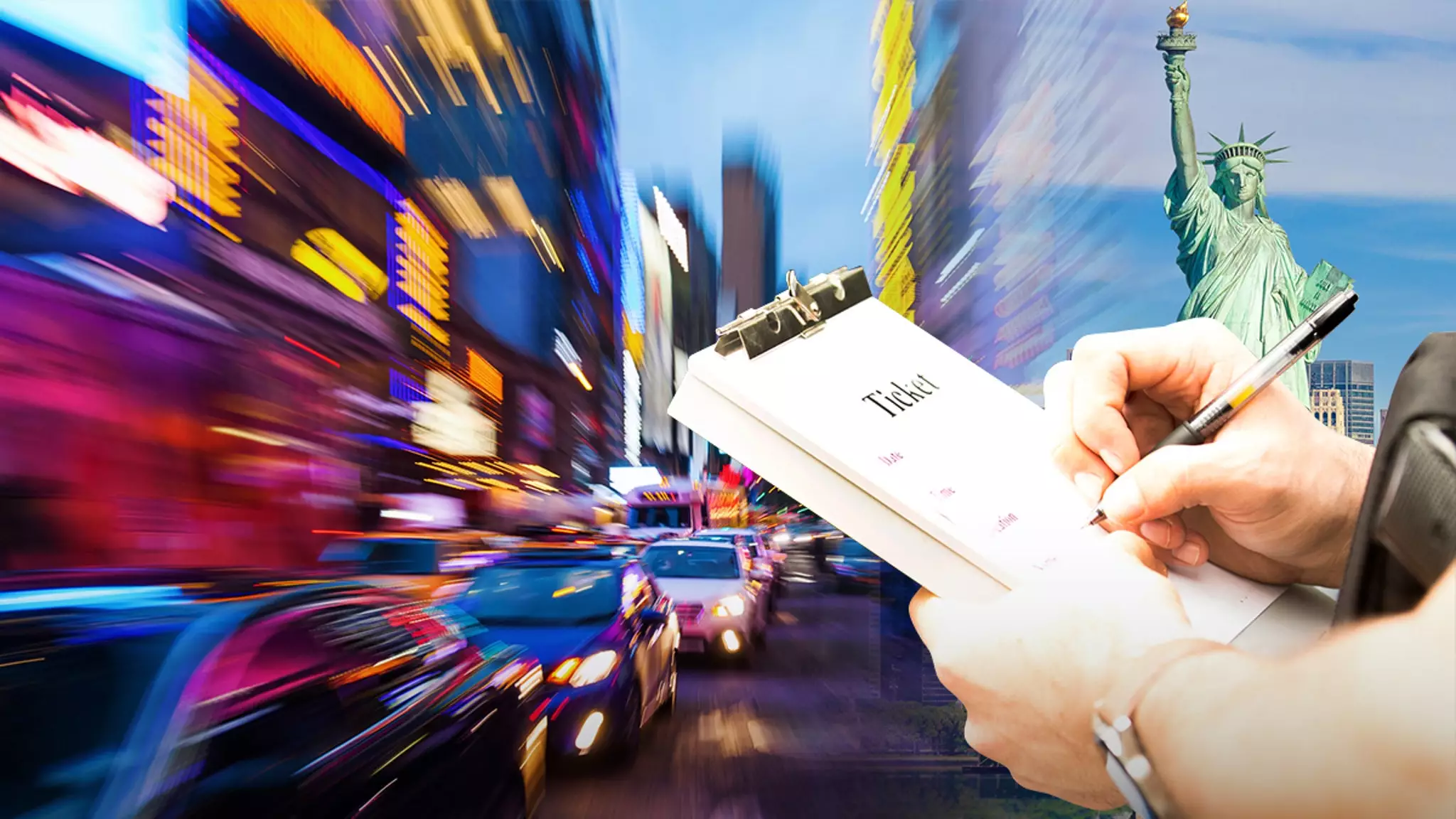Recent developments in New York City’s approach to managing speeding violations suggest a transformative shift towards heightened road safety. The proposal in question revolves around the implementation of accelerator-restrictor technology, an innovative feature that aims to curb dangerous driving behaviors, particularly among notorious repeat offenders. This initiative, known as Intelligent Speed Assistance (ISA), aims to recalibrate how speed limits are enforced on surface streets and in school zones. Imagine driving a vehicle that won’t allow you to exceed the speed limit, thus prioritizing the safety of pedestrians and vulnerable road users.
While the adoption of ISA appears to be a logical progression in traffic safety, it also raises significant questions about individual freedoms and the efficacy of punitive measures. Critics may argue that restricting a vehicle’s acceleration infringes on personal agency. However, when viewed through the lens of public safety, this technology could be a game changer. It emphasizes a preventative approach rather than a purely punitive one, potentially leading to a drastic reduction in speed-related accidents, especially in densely populated urban areas.
Identifying the Major Offenders
Organizations like Transportation Alternatives have been proactive in identifying “super speeders,” drivers who repeatedly violate speed limits, particularly near schools. The case of one driver, reportedly an Audi A6 owner with a staggering 563 speeding tickets in a year, starkly exemplifies the dire need for intervention. By mapping out areas with high rates of ticket issuance, particularly in Brooklyn, their research provides a tangible representation of the dangers posed by reckless driving.
The stark statistics, including another driver in Manhattan who amassed 177 tickets and accumulated nearly $60,000 in fines, paint a grim picture of a persistent problem. Current punitive methods, such as license suspensions, seem ineffective, with studies showing that 75% of individuals with suspended licenses continue to drive. This highlights a sobering reality: without proactive measures like ISA, the roads remain perilous, and the cycle of dangerous driving continues unabated.
Controversy and Support in the City Council
The ongoing discussions within the New York City Council indicate a growing recognition of the urgency surrounding this issue. While some council members support the embrace of ISA technology, others express skepticism about government overreach in enforcing such regulations. This debate reflects a broader tension inherent in public safety initiatives—should the government exert this level of control to protect its citizens, or does it compromise personal freedoms?
Proponents argue that the significant potential benefits of implementing ISA far outweigh concerns over individual freedom. By having technology that proactively manages speed, New York City could take a monumental step towards reducing traffic-related fatalities and improving the overall safety of its streets. As the council prepares for a formal vote, it remains to be seen whether legislators will embrace this cutting-edge solution or allow the status quo to prevail.
The ambitious proposal for ISA technology in New York City presents an opportunity to redefine traffic safety. By focusing on preventing speed violations rather than merely punishing offenders, the city could pave the way for a safer urban environment. As the discourse unfolds, one thing is clear: the quest for empowered roads is more critical than ever.

